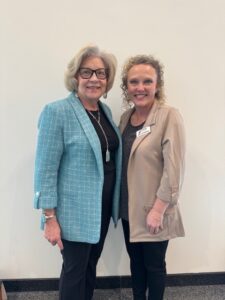by Kelly Wilkens

CHATFIELD, MN – Community and Economic Development Associates (CEDA) is pleased to announce the continuation of the Rural Capacity Program (RCP). A $627,000 grant for the program was included in the Minnesota Omnibus Bill signed into law by Governor Walz last weekend. The RCP, which was piloted by CEDA and funded by the Legislature in 2023, provides free technical assistance and economic development project grants to rural MN communities with a population under 3,000. Interested communities are encouraged to apply when applications are made available in fall 2025.
CEDA developed the Rural Capacity Program to provide economic development programs and financial resources to the smallest Minnesota cities. Up to 20 communities will be selected to participate in the program’s second round, each receiving up to 135 hours of technical services and project seed funding of up to $13,500.
“We are thrilled that the MN Legislature sees the value of the Rural Capacity Program and has committed to supporting another round,” said Ron Zeigler, CEDA President and CEO. “The initial impact of this program speaks for itself, and we appreciate the support of the bill’s sponsors, Senator Carla Nelson and Representative Kristi Pursell.”
The Rural Capacity Program is designed to support participating communities in implementing programs that may otherwise be challenging due to limited resources. The technical service component will equip communities with the skills and knowledge needed to navigate the intricacies of community development projects, such as establishing revolving loan funds, commercial exterior improvement grant/loan programs, childcare incentives, and business retention and expansion efforts.
“Without CEDA and the Rural Capacity Program, we would not have a housing study, which has greatly contributed to the interest in new construction in Parkers Prairie,” said Beth Wussow, Parkers Prairie City Administrator. “The proposed housing developments, if they come to fruition, would have the impact of increasing the housing units in Parkers Prairie by 15 to 20 percent.”

